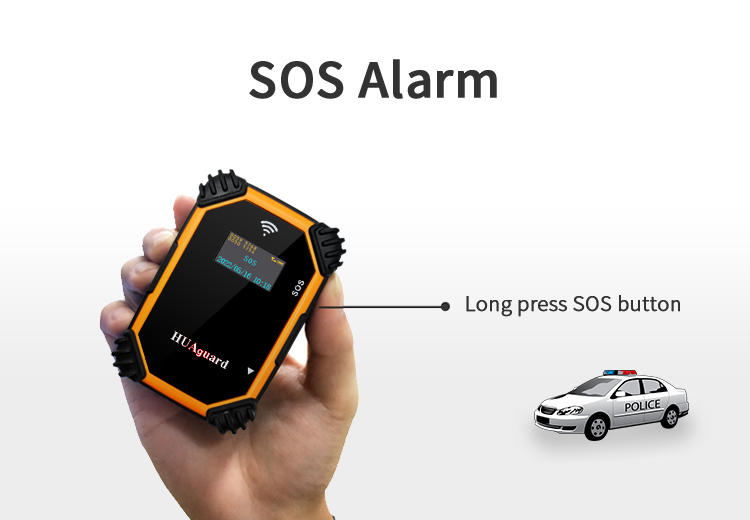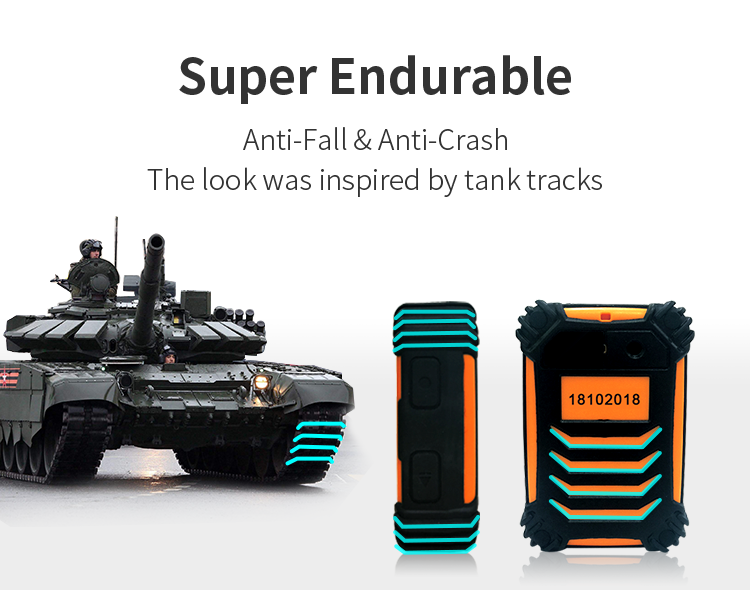

Protecting personal data starts with strong encryption and secure storage. GDPR-compliant security guard systems use advanced encryption protocols to protect data during transmission and storage. For example, AES-256 encryption ensures that unauthorised parties cannot read data even if data is intercepted.
Secure storage solutions, such as cloud platforms with GDPR compliance certification, further enhance data protection. A case study from a Spanish healthcare provider showed that using encrypted cloud storage reduced unauthorized access incidents by 50%. By combining encryption and secure storage, security guard systems ensure that personal data is always protected.
GDPR stipulates that only authorized personnel can access personal data. Security guard systems with granular access controls ensure that employees can only view or manage data relevant to their roles. For example, a French financial institution implemented role-based access controls and reduced internal data breaches by 30%. Multi-factor authentication (MFA) adds an extra layer of security, requiring users to verify their identity through multiple methods. A case study from an Italian logistics company showed that MFA blocked 90% of unauthorized access attempts. Companies can minimize data exposure and comply with GDPR by implementing strict access controls.

GDPR emphasizes data minimization, which means that companies should only collect and retain data required for a specific purpose. Compliant security systems automatically enforce data retention policies, deleting footage or logs after a predefined period. For example, a hotel chain in the Netherlands set a 30-day retention period for surveillance footage, ensuring compliance while reducing storage costs. Automated data minimization tools can also filter out unnecessary information, such as footage of common areas where no incidents occurred. A case study of a Polish manufacturing company showed that this approach reduced data storage requirements by 25%. By adhering to data minimization principles, companies can streamline operations and remain compliant.
Transparency is a cornerstone of the GDPR, requiring companies to inform individuals about data collection and obtain their consent. Security systems can facilitate this through clear signage and user-friendly interfaces. For example, a shopping mall in Belgium used digital displays to inform visitors about surveillance, achieving 95% compliance with GDPR transparency requirements. For employees, systems can include consent management features that allow them to understand and control how their data is used. A case study from a Swedish technology company showed that implementing these features can increase employee trust and satisfaction.
GDPR requires companies to report data breaches within 72 hours. Security systems with real-time monitoring and automated alerts ensure rapid response to incidents. For example, a UK retail chain uses such a system to detect and report violations within 24 hours, minimizing potential fines. The system’s audit trail also records data access and modification, streamlining breach investigations. A German logistics company case study showed that the audit trail reduced investigation time by 50%.

GDPR-compliant security guard systems are essential for businesses operating in the EU. Integrating data encryption, access control, and transparency features ensures that personal data is protected while meeting legal requirements. For companies looking to enhance security and build trust, investing in GDPR-compliant security systems is a strategic decision that can provide long-term benefits.